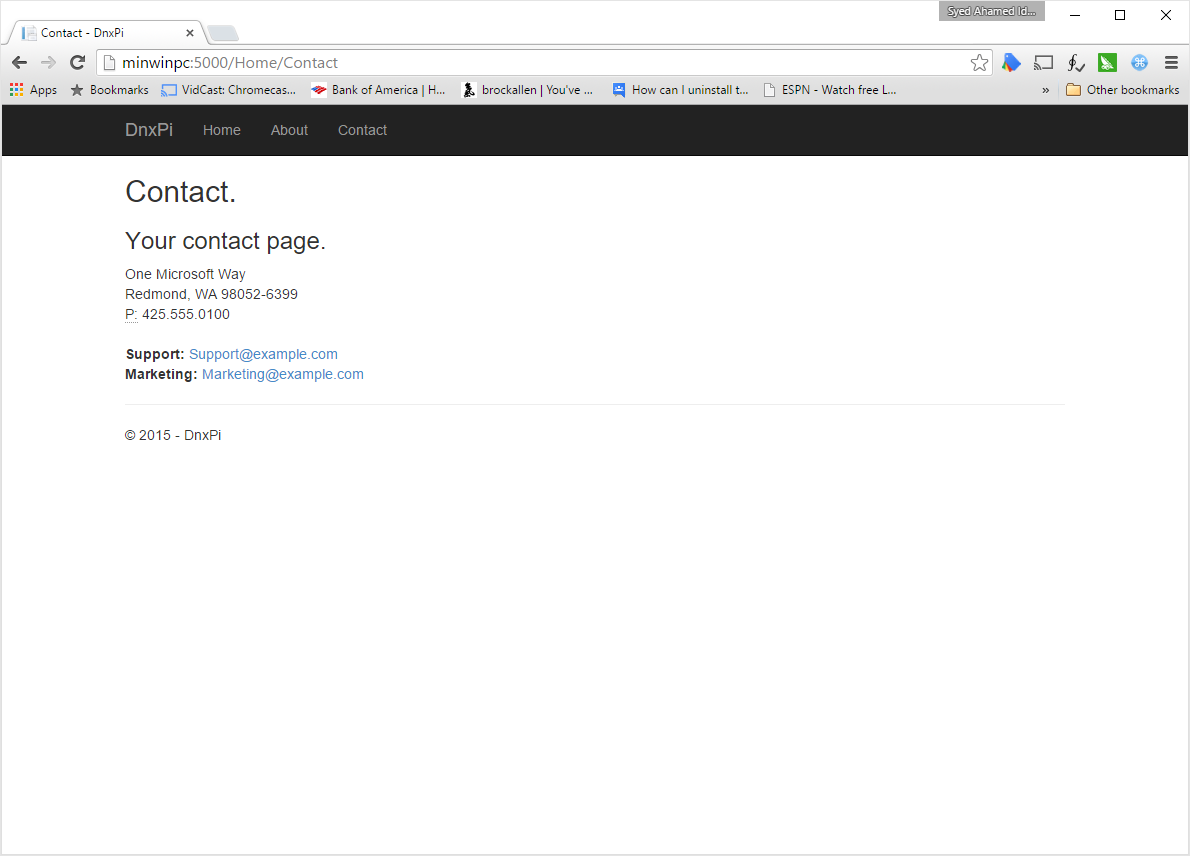

- Windows 10 iot web browser full#
- Windows 10 iot web browser windows 10#
Of course, the real fun begins when you're able to control your audio player remotely, e.g. This code is from my previous blog post, with an additional parameter for setting the AudioBalance property prior to playing the synthesized speech. SpeechPlayer.Source = MediaSource.CreateFromStream(stream, stream.ContentType)

Using (var stream = await speechSynthesizer.SynthesizeTextToStreamAsync(text))

You can simply set the balance prior to playing your audio, like this: public async Task SayAsync(string text, double balance) And the MediaPlayer class from my previous example offers just what I needed to implement this - audio balance.
Windows 10 iot web browser full#
Late at night? Kids sleeping? Maybe use the ground floor speakers at full and the upstairs speakers at a minimum. Somebody at the door? Send the message to both floors equally. Want to call your children to lunch when they're playing in their rooms upstairs? Use the upper floor speaker. This basically lets me cover these use cases and more: 100% volume to the ground floor and only 10% to the upper floor (it's basically how audio balancing works). With such wiring, I can target the floor I want to convey the speech through, either exclusively or with a subtle mix, e.g. It may not be what you'd call a true stereo when listening to music, but it plays a big role with speech running through the house. The thing is that each of the speakers is wired to its own audio channel - the ground floor speaker is wired to the left channel and the upper floor speaker is wired to the right channel. As I mentioned in that post, I have speakers in two floors wired to an amplifier connected to a Raspberry Pi. Windows 10 iot web browser windows 10#
In my previous post, I've written about using a Raspberry Pi running Windows 10 IoT Core for text-to-speech services for my smart home.







 0 kommentar(er)
0 kommentar(er)
